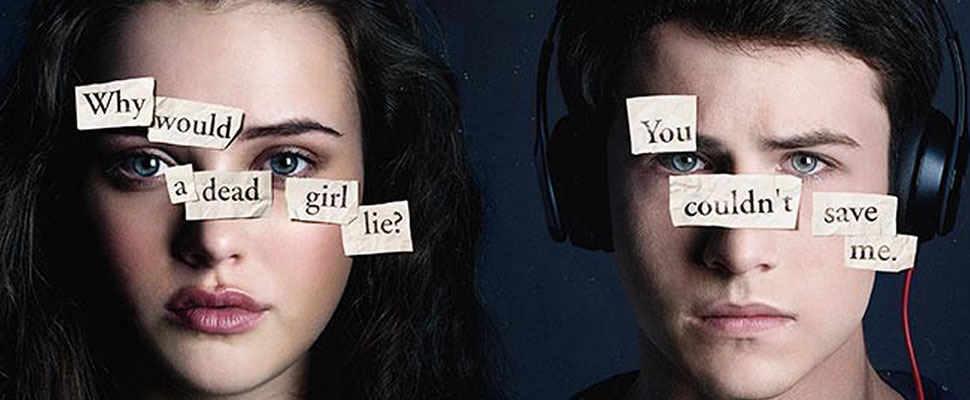“13 Reasons Why”: real life teen suicides that surpass fiction and show the need for awareness
With the second season of the controversial Netflix show coming out today, we take an opportunity to show that this is a real life issue, and not just a TV one

In 2016, the second leading cause of death for teenagers in the United States was suicide, as reported by Fortune. A study published by the American Academy of Pediatrics looked at teenage suicide ideation and suicide attempts in the US from 2008 to 2015, and found that “Annual percentage of all visits for [Suicide ideation] and [Suicide Attempts] almost doubled, increasing from 0.66% in 2008 to 1.82% in 2015”. This is a global issue.
Cases that surpass fiction
Earlier this week, a young man, so far unidentified as reported by the Dominican journal El Caribe, between 20 and 25 years old reportedly murdered a 17 year old girl, and later committed suicide by hanging himself to a tree. This happened in the city of Moca, in the northern region of the Dominican Republic.
In Buenos Aires, Argentina, a 12 year old girl named Sofía Luizzi took her own life with her father’s gun this past May 5th, according to El Clarín. An investigation has been opened to see if bullying was what caused the suicide. There has also been suspicion of her having problems at home. The investigation is still open.
In Arequipa, Perú, a the Chilina bridge has become known as the bridge of suicides, because since its inauguration in 2014, 17 people have taken their lives by jumping from said bridge. The latest victim was a 16 year old boy who got to the bridge in a motorcycle and threw himself over the edge this past April 25th.
A growing suicide rate
Last year, the first season of the Netflix series “13 Reasons Why” caused a lot of controversy. The show tells the story of Hannah Baker, a 17-year-old who commits suicide after being a victim of bullying and sexual assault, and who leaves behind a set of 13 tapes for each of the 13 people she considered caused her suicide. Season one was very popular, but it was also polarizing: some people thought the show was too graphic, and some even called it an apology for suicide.
Beyond the controversy the show has caused, this is an opportunity to look at teen suicide. In Latin America, as in the US, the rate of teen suicide and suicide attempt is growing. As reported by the Colombian journal El Tiempo, between January and March of 2018, 66 minors took their own lives in Colombia. In other Latin American countries the rate is also growing.
Bullying is a major concern
When a teenager takes his or her life, authorities tend to turn towards an investigation on whether he or she was bullied. In Argentina, El Clarín reported that 6 out of every 10 primary school students witnessed or were victims of bullying or discrimination within the classroom.
Experts have found that suicides are more often than not preventable
The Spanish radio station SER spoke to the psychiatrist Jesús de la Gándara, who is the chief of the Psychiatric Services of the Hospital of the University of Burgos. In said interview, de la Gándara stated that: “suicide has been a taboo for a long time and prior to informative [the way we spoke about suicide] was moral and religious […] Little by little, by removing the moral and religious taboo, we have realized that it is okay to speak about the facts as a means of prevention”.
According to him, opening a conversation is a way to prevent suicides, on teenagers or otherwise.
Latin American Post | Laura Rocha Rueda





